“[T]here are known knowns; there are things we know we know. We also know there are known unknowns; that is to say we know there are some things we do not know. But there are also unknown unknowns—the ones we don’t know we don’t know.”
— U.S. Secretary of Defense Donald Rumsfeld, 2002
Thirteen bold, multidisciplinary artists were invited to participate in Covert Operations: Investigating the Known Unknowns (2014) at the Scottsdale Museum of Contemporary Art. After presenting artworks to the Arizona Chapter of the Association of Former Intelligence Officers in Scottsdale, Claire Carter was met with a room full of silenced and awe-struck agents. As a result, Carter decided to curate the exhibition and the museum received the Emily Hall Tremaine Exhibition Award to properly create a show of such scale and strength. The exhibition focused on utilizing tools of democracy to report and channel information that was unreported and unknown to the public. The exhibition featured the works of Ahmed Basiony, Thomas Demand, Hasan Elahi, Harun Farocki, Jenny Holzer, Trevor Paglen, Taryn Simon, and many others. Visual art served as a lynchpin in disseminating and critiquing political information.
Since the exhibition, issues of data, technology, and surveillance continue to be prevalent in our everyday lives. The exhibition was specifically looking at a post-9/11 world, where Americans have been plagued by security breaches, false information, and the possible risk of classified information being leaked. Since 9/11, we’ve seen an increase in the abuse of power within the intelligence community in the United States and beyond. We live with tape over our MacBook cameras. We are perplexed, paranoid, and cautious.
Utilizing the Freedom of Information Act, resources from the government, exploration of the self, research, and insider connections, artists who create work centric to an era of governmental fear are pushing the boundaries on democracy and robbed liberty. There are also artists who take from personal experiences. Hasan Elahi was placed on a terrorist watchlist database in 2002 after being interrogated by FBI agents. As a response, the multimedia artist began Tracking Transience, which is a project where—for more than ten years—he has been uploading his location on to the internet. He documents his meals, bathroom breaks, airport flights, essentially every move in order to prevent suspicion by federal agents of his whereabouts.
The uncertainties of the intelligence community impact other artists as well. Huong Ngo, who grew up as a refugee says that big data isn’t a recent digital phenomenon. Her work looks at political surveillance records from the early 1900s and how technologies were used to “surveil and control immigrants since 1882.” She explains, “A motivation of my work is to make visible these systems of surveillance and data collection that are not in the public eye because they affect mostly groups of people who have historically been othered, criminalized, and politically silenced.” Ngo’s piece, ESCAPE explains how 9/11 led her to “understand [that] a culture of fear was taking shape and being instrumentalized by our political leaders to defend aggressive military interventions into [the] Middle East” and by initiating a surveillance program, they “drastically infringed upon our privacy and civil liberties.”
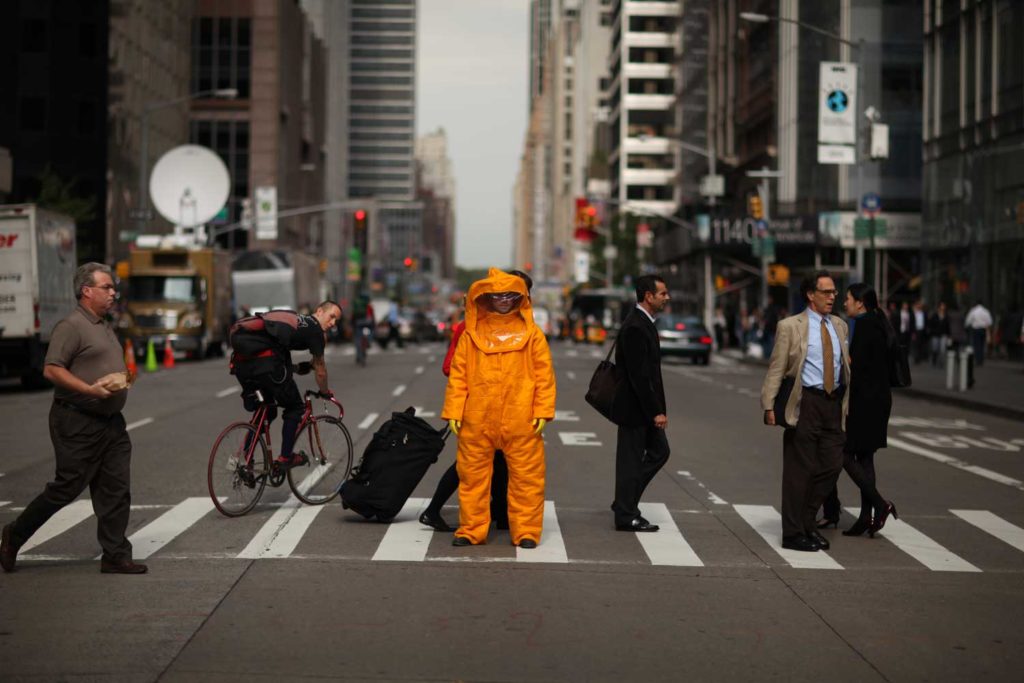
Hương Ngô, ESCAPE, 2004 – 2006. Photographer: Paul O’Reilly. Image courtesy of the artist.
Leonardo Selvaggio, a creative researcher and artist, created the project, URME, which offers a 3D rendering of Selvaggio’s face that users can wear as a mask, thereby protecting them from facial recognition technologies. Surveillance, technology, and culture influence Selvaggio’s work as it represents “a kind of meta-narrative” that is related to his “overall process as an artist.” The eerie depiction of the URME mask can be purchased as a paper mask (for a more affordable cost) or pigmented hard resin. Selvaggio says, “The reality is that more so than being a technology, surveillance, as its implemented by governments and institutions, is a value system, and one that values white men over all others. My project is predicated on the fact that nothing is more invisible to surveillance than a white man in a suit, and so URME Surveillance attempts to make visible this system by imagining and extrapolating an absurdist and horrifying future where everyone can be just that.” For the artist, surveillance is to be resisted and addressed as a power structure.
Not all artists see big data as a fearful instrument. Since 2017, Lauren McCarthy has been attempting to “become a human version of Amazon Alexa, a voice-activated AI system for people in their own homes.” The project is called LAUREN. Anyone can visit and sign up with an installation of a series of custom-networked devices that include cameras, microphones, switches, door locks, faucets, and other electronics. “For three days, I remotely watch over the person 24/7 and control all aspects of their home. I attempt to be better than an AI, because I can understand them as a person and anticipate their needs,” says McCarthy. “As surveillance and big data becomes increasingly ubiquitous, we are forced to negotiate new relationships with it.”
Sometimes this means following them from room to room, turning on lights ahead of their steps. Other times their needs are more obscure. McCarthy says, “I order special deliveries to their home or contact their friends through Facebook to arrange a visit or a text message.”
Her work is inviting a future that is present, and that can’t be overlooked. She says, “I don’t want to make work only out of fear, because it just propagates it. There has to be some hope, a new idea. Even in my seemingly dystopian projects there is a moment where you feel a connection with someone.” She continues, “I don’t think of my work as dealing with technology, but rather, dealing with being a person in today’s world.”
Artist, Paolo Cirio isn’t interested in technology at all. He’s interested in contemporary society and how “cultural norms, economic, and legal frameworks are shaped and negotiated, and also how they affect personal lives and emotions.”

Paolo Cirio, “OBSCURITY” installation at ISCP in NYC and at MIT Museum in Boston. Photo courtesy of the artist.
Cirio says that the internet is a way to curate how we want to appear and communicate online. He says, “Matters of exposure, shame, humiliation, and stalking in addition to transparency, obscurity, accountability, privacy, and surveillance have yet to be civilized in the new space we live in.” In the future of the internet, these concepts will begin to shift and he says, “We can’t predict, but we constantly need to make questions about how society is changing.”
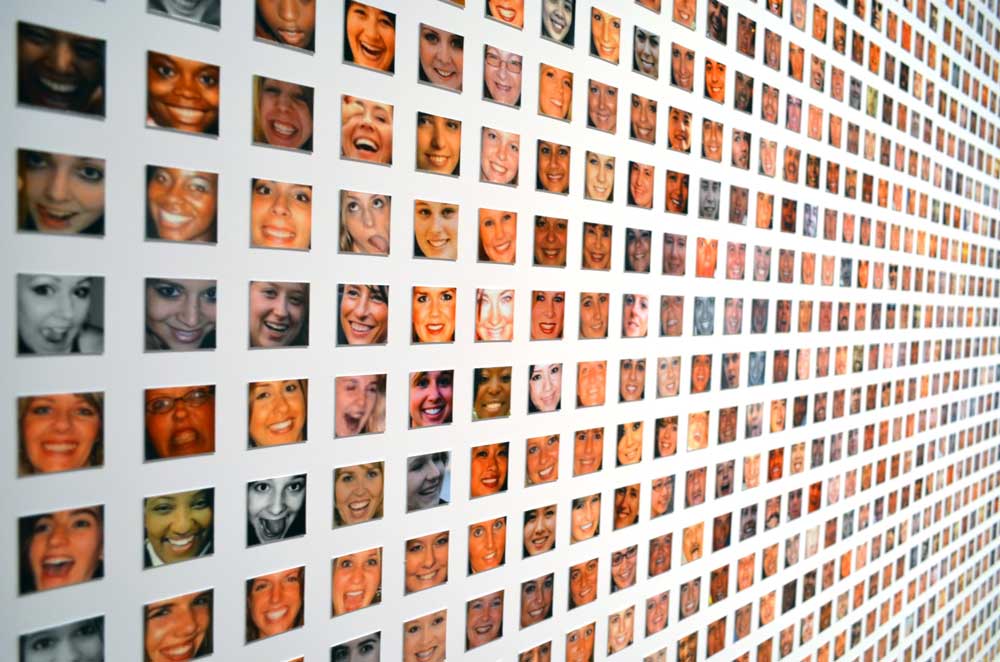
Paolo Cirio, “Face to Facebook,” “Artists as Catalysts”, exhibition at Alhóndiga, Bilbao, Spain. Photo courtest of the artist.
The former president of the Arizona chapter of Association of Former Intelligence Officers, Richard Post, agrees and has said that, “The fact that we have a group of very motivated citizens that are interested in trying to make sure that the government is trying to do the right thing for all of us in a way that’s in keeping with our national traditions and heritages and freedoms…is very healthy.”
In Covert Operations, Ahmed Basiony posthumously presented a piece where he jogged in a plastic pant suit and collected sweat from his exercise routine. The piece, 30 Day of Running in Place was played alongside footage of the 2011 Tahrir Square demonstrations during the Egyptian Revolution where Basiony was killed by a sniper.
At the core of the Covert Operations exhibition were artists who found it unbelievably important to share their known information, their known knowns. Laying bare, the facts were revealed. Another example was David Gurman’s powerfully large, and ubiquitous piece, Memorial for the New American Century which was a bronze bell that rang every hour from live data with the number of Iraqi civilian deaths. Gurman tells me that after the United States invaded Afghanistan in 2001 and Iraq in 2003, his work evolved from “exploring the energetics of distant events to include the human cost.” He explains, “Using simple robotics, I tolled a bell on the hour according to the daily death count—one toll per person, spaced by ten seconds so the resonance of the last toll is about to disappear as the next occurs. Some days the count was upwards of 70 people, and the bell would toll for over 20 minutes of each hour. It was intense at first strike, then meditative as the sound wave trailed off.” Moreover, this information was being withheld from the larger American public.
David Gurman tells me that, “Iraq seemed inexcusable, unfathomable: innocent Iraqis were dying to fulfill George W. Bush and cosigner’s world-dominating doctrine ‘Project for the New American Century.’ Bush and co. shrouded profiteering war crimes in democratic propaganda. A wolf in sheep’s clothes.”
Discussions over privacy, and how this privacy is navigated by the government, also develops into understanding information and why this information is withheld from the public. Whether you find surveillance disturbing or not, mass monitoring through audio, video, drones, and hacking are creating a discourse with visual artists and their role as both the voyeur and the exhibitionist. While some open their arms to the challenge of surveillance, others resist through means of intervention.
The ambitious artveilence artists of our time are finding avenues to deliver new information and addresses concerns of what is hidden and what is made public. Art has the power to infiltrate the public with information. People are talking about surveillance. They are angry, they are confused, they are charged. They are working with evidence, disclosure, simulation and defiance to govern their post-9/11 world. And all forms of art are responding—even a release of 14 artists responding against surveillance have recorded songs on an album called, “NSA Listening Party.”
Leonardo Selvaggio concludes that, “Privacy is dead,” but “What happens when everyone not only realizes but accepts that they are being watched, monitored, recorded, surveilled everywhere and every moment of the day? It is part of human nature to change our behavior when we are aware we are being observed. My fear is that the the future of surveillance will bar every human being from experiencing and exploring the full breadth of the human condition, and given enough time, what it means to be human will be much much smaller than it was.”
Header image: Hương Ngô, “To Name It Is to See It,” 2017. Courtesy of the artist. Archive Nationales d’Outre-Mer, Aix-en-Provence, France.
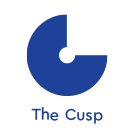

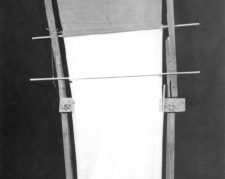

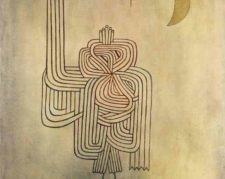
Leave a Reply